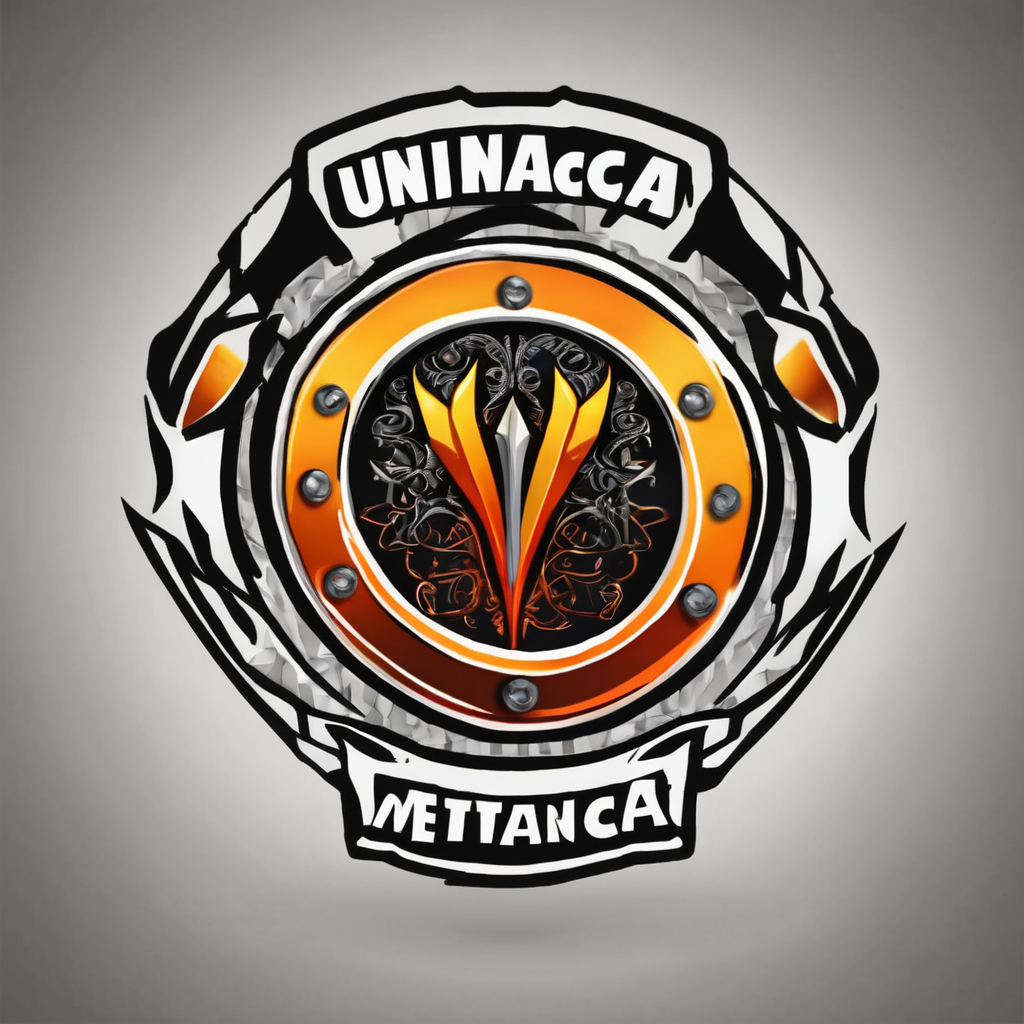Importance of Cooling Down After Cardio
Engaging in a cardio workout requires a proper finish just as much as a strong start. The benefits of cool down are vital for preventing muscle issues and enhancing performance. Cooling down aids muscle recovery by gradually lowering heart rates and prevents sudden changes in blood pressure, which can lead to dizziness or fainting. This transition from high activity to rest helps the body recalibrate post-exercise.
In addition, incorporating recovery strategies such as post-workout stretching and light walking can prevent injuries. Easing the muscles out of an intense state promotes flexibility and reduces the risk of strains or sprains. Proper cooldown practices allow the lactic acid to disperse more steadily, curtailing the risk of stiffness.
Also to read : Essential Strategies for Maintaining Optimal Hydration Throughout the Day
Moreover, a good cooldown routine is linked with improved athletic capability. Implementing proper cardio workout recovery methods not only rejuvenates the body but also prepares it for future workouts. Athletes who consistently practice efficient cooldown techniques often notice better endurance and reduced recovery times between sessions. Prioritizing this aspect of fitness emphasizes the holistic nature of training, ensuring overall wellbeing and longevity in exercise routines.
Effective Cool Down Techniques
After a demanding cardio workout, employing effective cool down techniques can significantly influence your recovery. Incorporating both post-workout stretching and breathing exercises are pivotal elements.
Also to discover : Key Considerations for Choosing Sustainable and Eco-Friendly Jewelry;232Navigating Sustainable Fashion: Your Ultimate Guide to Selecting Recycled Apparel
Stretching Routines
Implementing a variety of stretches, such as static and dynamic, is crucial post-exercise. Dynamic stretches help maintain muscle fluidity, while static stretches encourage muscle elongation and relaxation. Aim for 10-30 seconds per stretch for optimal effectiveness.
Hydration Strategies
Replenishing fluids is equally important. Ignoring hydration post-exercise can lead to fatigue. Opt for water or beverages with electrolytes to restore balance. Be aware of thirst and fatigue, common signs of dehydration, and address them promptly.
Breathing Exercises
Controlled, deep breathing helps regulate heart rate and fosters relaxation. Techniques like diaphragmatic breathing enhance oxygen flow and aid in expelling carbon dioxide. Practice inhaling deeply, holding for a few seconds, and exhaling slowly to calm the body and mind.
These practices not only expedite recovery but also prepare your body for future workouts. Embrace these cool down techniques to enjoy a seamless transition from activity to rest.
Step-by-Step Guide to Cooling Down
Embarking on a structured cooldown guide is crucial for optimal post-workout protocol. Follow these steps for a comprehensive recovery procedure.
-
Initial Transition: Begin with 3-5 minutes of light activity. This gradual shift from exercise to rest helps lower heart rates safely. Tailor this recovery procedure based on workout intensity; a brisk walk may suffice for moderate sessions, while jogging gently suits more intense ones.
-
Stretching Phase: Divide your post-workout protocol into static and dynamic stretches. Start with dynamic movements, maintaining muscle fluidity, followed by static stretches to promote relaxation. Each stretch should last 10-30 seconds.
-
Breathing Technique: Integrate breathing exercises immediately after stretching. Controlled breathing aids in returning the body to a calm state. Try inhaling deeply through the nose, holding briefly, and exhaling slowly through the mouth.
-
Hydration and Nutrition: Conclude with adequate fluid intake to replenish electrolytes. Ensuring optimal hydration supports overall recovery procedure effectiveness and assists in muscle recovery.
These steps, as part of your tailored cooldown guide, not only benefit muscle recovery but also enhance future performance by minimizing downtime.
Scientific Backing for Cool Down Methods
The benefits of cool down practices are not just anecdotal but are supported by robust scientific research. Studies have demonstrated that cooldown benefits significantly influence athletic recovery, contributing to both short- and long-term performance. For instance, research highlights that proper cool down can effectively lower lactic acid levels. This reduction is crucial, as accumulated lactic acid can lead to muscle soreness and fatigue.
Research on recovery also indicates that consistent cooldown routines enhance cardiovascular efficiency. Regular cooldown practices allow the heart to return to its resting state smoothly, reducing the risks associated with abrupt exercise cessation. Moreover, physiological studies have shown that cooldown strategies may improve subsequent workout efficiency. Athletes who employ systematic cooldown enjoy better muscle elasticity and reduced likelihood of injuries.
In terms of long-term benefits, scientific evidence suggests that athletes adhering to cooldown routines demonstrate enhanced endurance and overall fitness. These routines foster muscle flexibility, allowing for a broader range of motion. Continuous practice of these methods helps athletes maintain peak performance while minimising recovery periods, showcasing the undeniable advantage of integrating proper cool down techniques into any fitness regimen.
FAQs About Cool Down Practices
Cooling down post-exercise prompts many questions. Addressing these cooldown FAQs can offer clarity.
Common Myths about Cooling Down
A widespread misconception is that cool down phases are optional. In reality, skipping them can hinder recovery and elevate injury risk. Cooldowns are vital across workout types, from intense cardio to strength training sessions. By integrating these practices, the body transitions smoothly from high exertion to rest.
Addressing Specific Concerns
For those with prior injuries, recovery strategies require adjustments. Consulting a physician if pain persists post-exercise is prudent. Beginners might wonder how long cooldowns should last. Generally, a 10- to 20-minute period suffices for most, but it can vary based on fitness levels and workout intensity.
Optimizing Your Cool Down
Tailor your post-exercise concerns to your fitness level. Utilize tech to track recovery and inform adjustments to your routine. Platforms like fitness apps can help analyze progress. Seek further resources to deepen understanding, such as books about cooldown benefits and professional advice. Enhancing knowledge ensures your cooldown practice remains effective and beneficial.





















